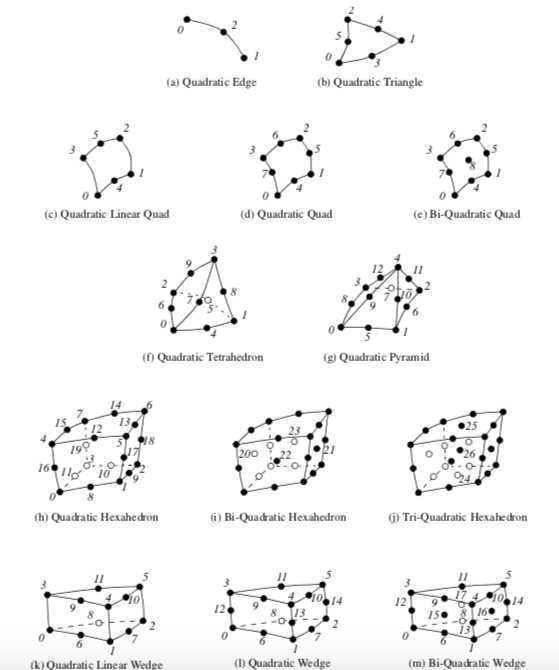-
Notifications
You must be signed in to change notification settings - Fork 63
New issue
Have a question about this project? Sign up for a free GitHub account to open an issue and contact its maintainers and the community.
By clicking “Sign up for GitHub”, you agree to our terms of service and privacy statement. We’ll occasionally send you account related emails.
Already on GitHub? Sign in to your account
2nd order Lagrange Prism in writing with pumi_mesh_write #361
Comments
|
Hi Eisung, I will take a look and get back to you. |
|
Hello, Seegyoung. Thank you for taking care of this issue. 🙏 |
|
@eisungy does |
|
@eisungy nevermind my previous question. We do not have the implementation of quadratic prisms shape functions in PUMI (see here Line 538 in c299674
is actually a prisim. |
|
That being said, based on the error code it seems that the only reason getEntityShape is called is to then get the number of nodes associated with the entity which is known. To make things work for vtk write, I guess the following should work. Implement the class for prism similar to, for example, the tet here ( Line 481 in c299674
Implement |
|
@eisungy @cwsmith @seegyoung I have started working on this in PR #362, and here is the latest update: So far I have been able to fix the problem with |
|
I'm looking at the remaining issue.
from One more ... |

Dear SCOREC colleagues,
Hi =)
While I was trying to create a PRISM type curved element, I encoutered a seg fault in writing it into VTK using
pumi_mesh_write.My source code looks as below. I couldn't see a seg fault with PUMI_TET, and was able to see the curved tet in Paraview. But PUMI_PRISM causes the runtime error, the seg fault.
gdb shows below.
Could you tell me if I'm using APIs in a wrong way and how I can correct this issue, please?
Thank you in advance!
The text was updated successfully, but these errors were encountered: